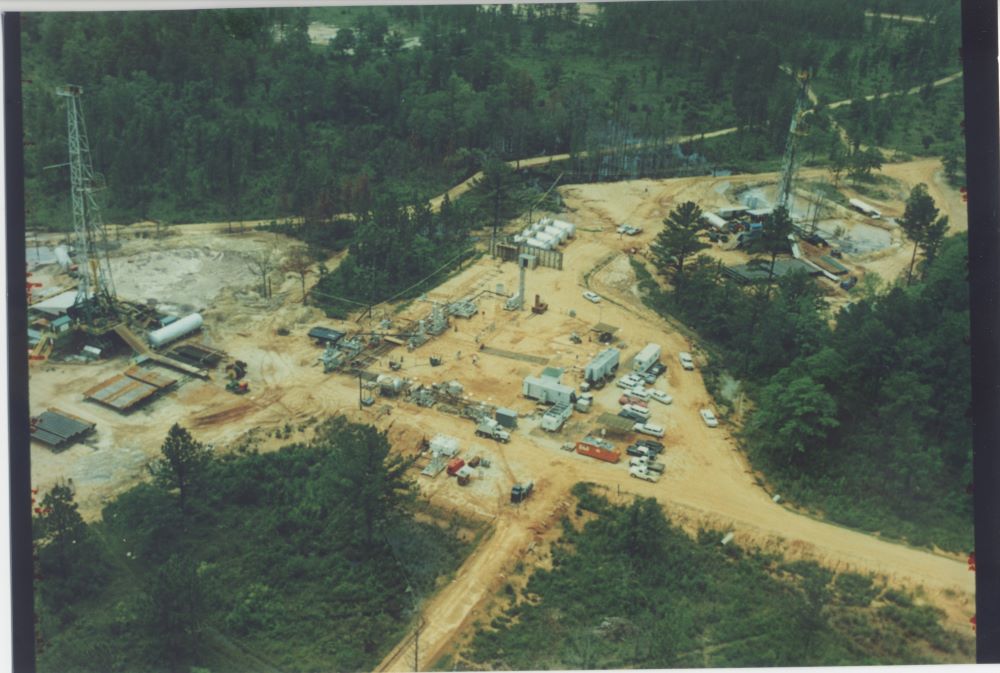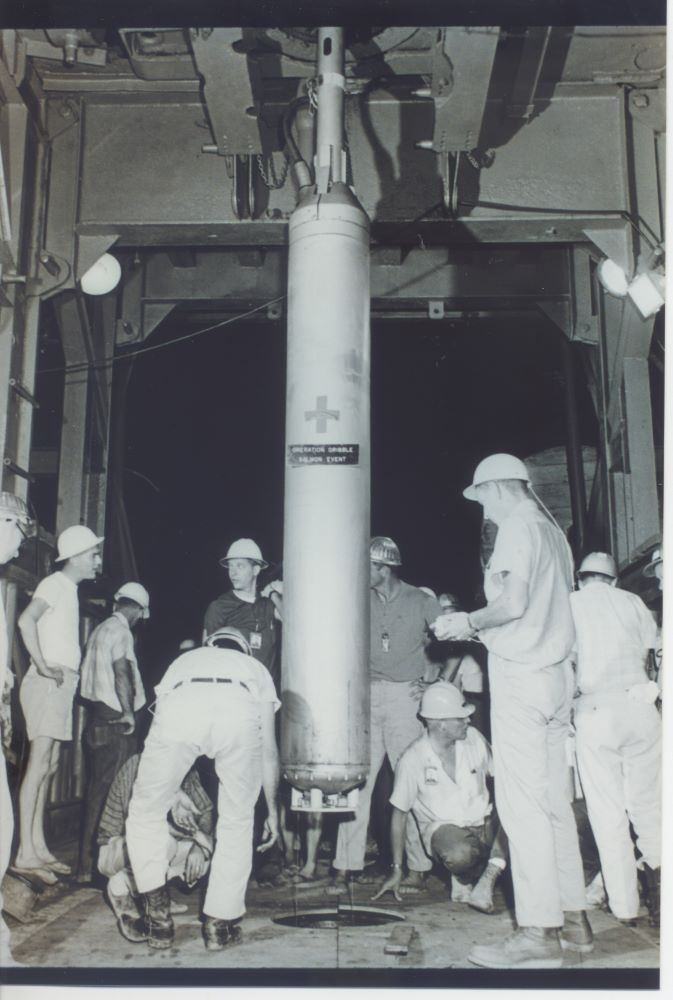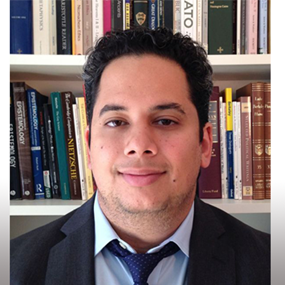Sixty years later, history researcher outlines groundbreaking impact of Mississippi’s underground nuclear tests

How did detonating a nuclear device in a salt dome under Mississippi help lead to international arms treaties, and how is this connected to the existence of black holes?
Auburn University Adjunct Instructor of History David Burke argues that, how it helped avoid nuclear war and how it's likely saved thousands of lives through natural disaster detection in his book, "Atomic Testing in Mississippi: Project Dribble and the Quest for Nuclear Treaty Verification in the Cold War Era."
During the Cold War, the United States and the Soviet Union competed to sway countries to their respective sides. Both sides were concerned about how radioactive fallout in the atmosphere would affect their global standing, so in the 1950s, an international effort was made to take nuclear testing underground.
"We like to look at nuclear testing as being this horrible pollution of the environment, but we never really look at some of these tests that are trying to limit and restrict nuclear weapons," Burke said. "If we can't put the genie back in the bottle completely, we can at least try to enclose it so that it can do less damage and at the same time, we're generating scientific data that benefits us all in many other ways."

The Vela underground testing program brought nuclear testing to underground sites. In the Piney Woods a region of southern Mississippi, the Department of Defense detonated two nuclear devices within an underground salt dome, then recorded the vibrations in the earth.
The goal was to develop seismic data collecting systems that could tell, from a distance, when the Soviet Union conducted an underground test and how powerful the weapon was.
One belief at the time was that specially prepared underground tests would yield results indicating smaller explosions, but to discourage that, the U.S. government made their testing plans and findings public.
"Without the fallout and the radioactive debris in the atmosphere, you're kind of hard-pressed to assess the power and the size, the yields and so forth of the other guy's arsenal," Burke said. "The idea was that we test these underground devices to show that we can detect not only if the Soviets test underground, but if they tried to cheat, and they would know that we would know."
Beyond bringing major powers closer to the negotiating table, the underground testing helped map how waves bounced off geological formations, which helped scientists better understand the structure of the Earth. Burke said this would later serve as the foundation of how we today anticipate and measure natural disasters.
"Modern tsunami warning systems and modern earthquake detection systems benefited greatly from this government program," Burke said. "The ability to know exactly where an earthquake takes place, the depth and its magnitude comes in many ways from these kinds of underground seismological programs, and it plays a major role in people staying alive in vulnerable areas."
Burke further noted the Vela program's satellite monitoring system, which looked toward the dark side of the moon for covert Soviet nuclear tests. This system first indicated the existence of extraterrestrial gamma ray bursts, leading to the identification of black holes and other phenomena that we now actively search for in the stars.

Burke, who started studying the Vela program through chance, encourages his students to look for history everywhere and said that serendipity is an important factor in history and scientific discovery.
"Serendipity gives us the accidental detection of gamma ray and X-ray bursts in outer space," Burke said. "It's the serendipity that allows us to further underscore the veracity of things like plate tectonics and more modern theories of how the planet actually works because of underground nuclear tests."
Burke will deliver a presentation about the history of the Vela program at noon on Wednesday, Sept. 25, at the Neilsen Auditorium of the Two Mississippi Museums in Jackson, Mississippi, ahead of the 60th anniversary of the first nuclear test at the Dribble site.
The presentation will be livestreamed on the museum's Facebook page and YouTube channel.







